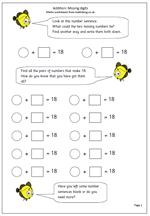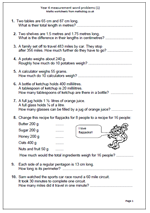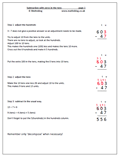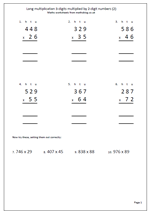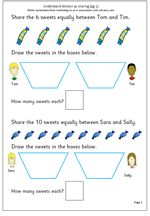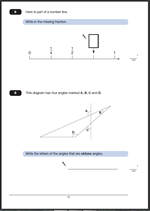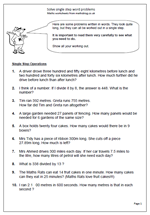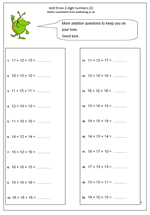Here is a worksheet that makes children think a little bit more. It shows a number sentence with two numbers that total 18. It asks what the two numbers could be.
The first thing to look for with this is children who use a logical or methodical approach. Usually children will write down the first answer that comes into their heads. That is why I have provided two blank number sentences at the top of the page. However, once they have done this they should start to revise their thinking and try to approach the task in an order so that they will know when they have reached all the possible answers.
This activity can be extended using different numbers eg 19 or 20 and it is a useful exercise in helping children learn these pairs of numbers ‘off by heart’.
It can also be extended by allowing halves, which makes it quite a bit harder.
This can be found in the year 3 resources.
